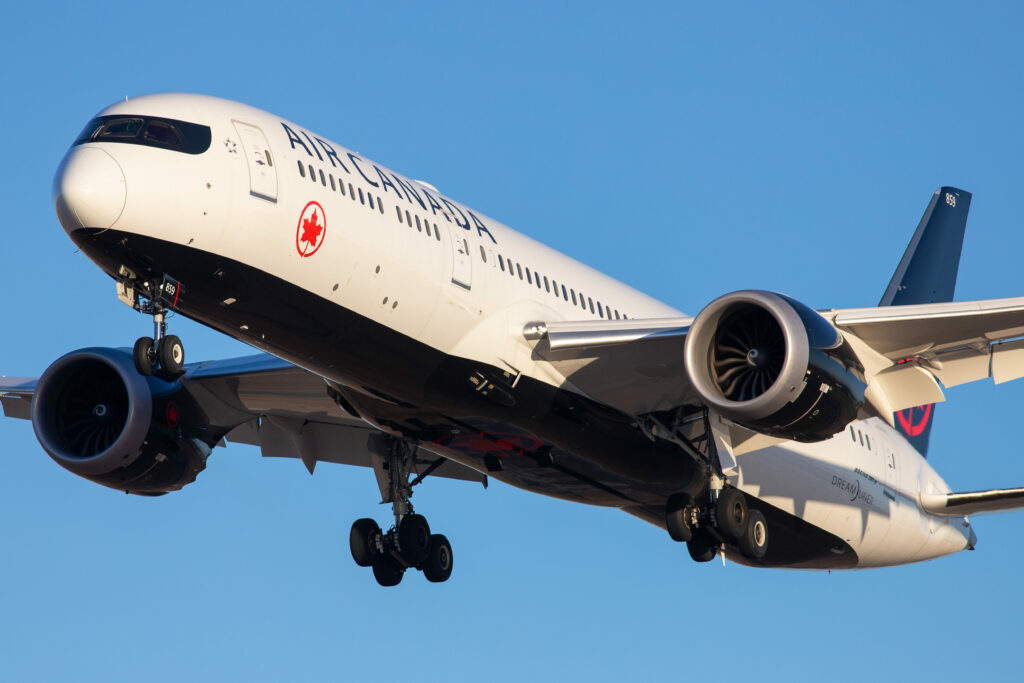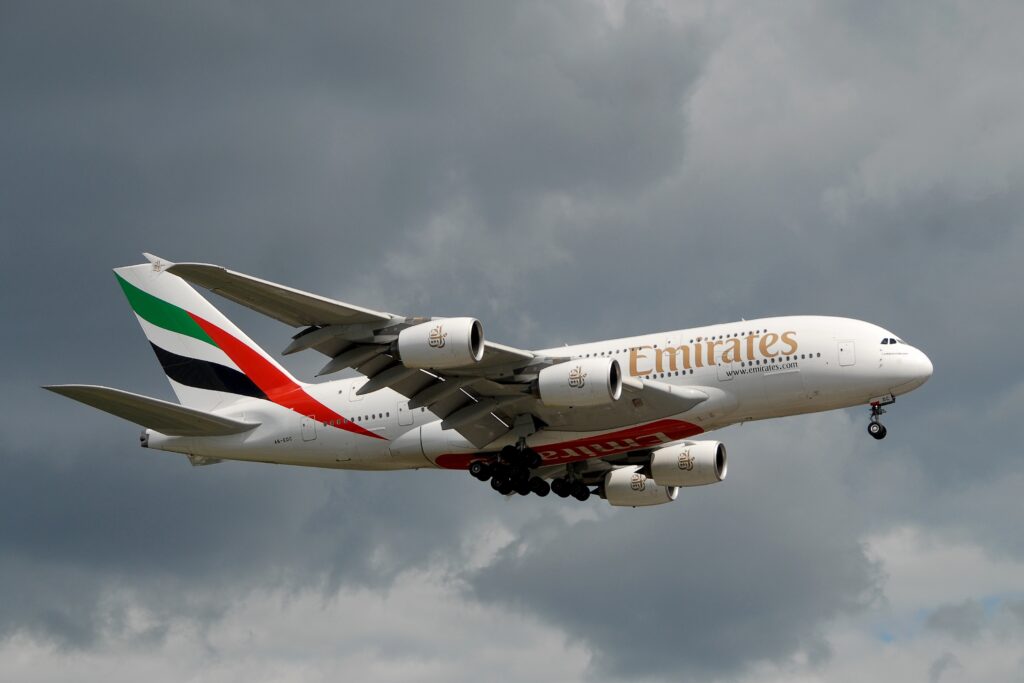Estimated reading time 7 minutes, 24 seconds.
When Air Canada announced plans in July for a strategic partnership with Emirates Airline, it marked a meeting of minds between two rivals that formerly had been feuding.
The goal of the new partnership is to set up a code-sharing arrangement that would clear the way for each carrier to issue tickets on behalf of the other on selected routes, as well as cooperation on connecting flights and baggage handling. On Nov. 1, the two airlines officially launched their codeshare cooperation, and confirmed that tickets are now available on 35 routes for travel starting Dec. 1. Additional markets are to be added in the near future, pending regulatory approval.

For Montreal-based Air Canada and Dubai-based Emirates, the cooperation theme contrasts sharply with what had been a bitter fight dating back to 2009.
Thirteen years ago, Air Canada complained that Emirates had expansion plans in Canada that would allow the foreign carrier to compete unfairly against Air Canada and its Star Alliance partners such as Germany’s Lufthansa. Emirates’ growth strategy pitted the airline against Air Canada and Lufthansa, which relies on Frankfurt as a key European hub.
Dubai serves as a stopover hub for most Emirates travelers to and from Canada, so the battle focused on international connecting traffic between Canada and the Middle East, Africa, and the Indian subcontinent.
The Air Canada Pilots Association (ACPA) said Emirates sought to play down its ambition of luring customers in Toronto (and potentially Calgary and Vancouver) to travel to places other than Dubai. Conversely, Emirates strived to funnel foreign travelers connecting through its Dubai hub, which serves as the entry point into Canada, said ACPA.
Fast forward to 2022, and the tune has changed to one of collaboration — after the Covid-19 pandemic dramatically affected corporate strategies in the hard-hit aviation sector.
Lucie Guillemette, Air Canada’s executive vice president and chief commercial officer, said there are opportunities to capture more of the travel market, including passengers visiting friends and relatives.
“If you look, for example, at the announcement that we recently made to work closer with Emirates, this is another demonstration of an opportunity here for us that perhaps, in 2019, we would not have contemplated,” she told industry analysts during an Air Canada conference call in August.
Air Canada chief executive officer Michael Rousseau said another significant deal announced recently is one that will result in deeper ties between Air Canada and Chicago-based United Airlines. “The agreement will offer customers more choice, greater convenience, and enable us to better optimize our hubs and schedule,” he said.
Rousseau added that Air Canada’s partnership with Emirates will also translate into more choices and convenience for passengers while further extending the Canadian carrier’s global reach.
Currently, Toronto’s Pearson International Airport is the only Canadian destination on Emirates’ global route map. The airline’s president, Tim Clark, praised the partnership with Air Canada, citing improved options for customers flying to gateways in Toronto and the United States.
“It also opens up many new route combinations for travelers across Emirates’ and Air Canada’s extensive networks in the Americas, the Middle East, Africa, and Asia,” said Clark in statement.

As Air Canada and Emirates begin a new relationship, Air Canada’s main rival, domestically, remains WestJet Airlines Ltd., which launched in 1996 and signed its own interline pact with Emirates in 2011 — with a subsequent code-sharing arrangement.
According to Rousseau, international expansion is going to be a key priority for Air Canada moving forward. One example is the airline’s new seasonal service between Vancouver and Bangkok, starting Dec. 1 as a non-stop route. Currently, the airline serves 50 airports in Canada, 47 in the United States, and 69 overseas.
The emphasis on growth over the long term marks a major change in outlook at Canada’s largest airline, compared with the anxiety from 2019 to 2021.
The grounding of the Boeing 737 Max in March 2019, followed by international trade wars that crimped air travel in the fall of 2019, and then the global spread of the novel coronavirus in 2020, have been among the challenges faced by the carrier.
ATB Capital Markets analyst Chris Murray is cautiously optimistic about Air Canada’s rebound, stating in a research note: “We expect the recovery to be driven by leisure travel, but we remain encouraged by the company’s positive outlook for business travel as well.”
Scotia Capital analyst Konark Gupta said that while higher interest rates could dampen enthusiasm among consumers for travel, pent-up demand will likely linger.
“We continue to believe that Air Canada is well-positioned to not only recover from the deepest industry recession ever, but to also generate stronger free cash flow upon full recovery,” noted Gupta.








